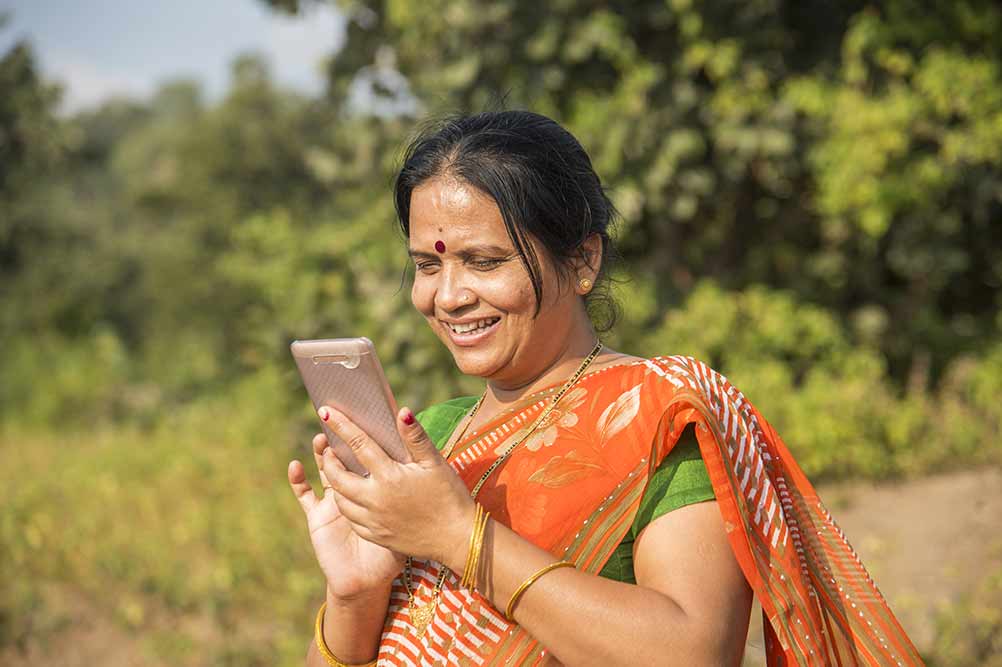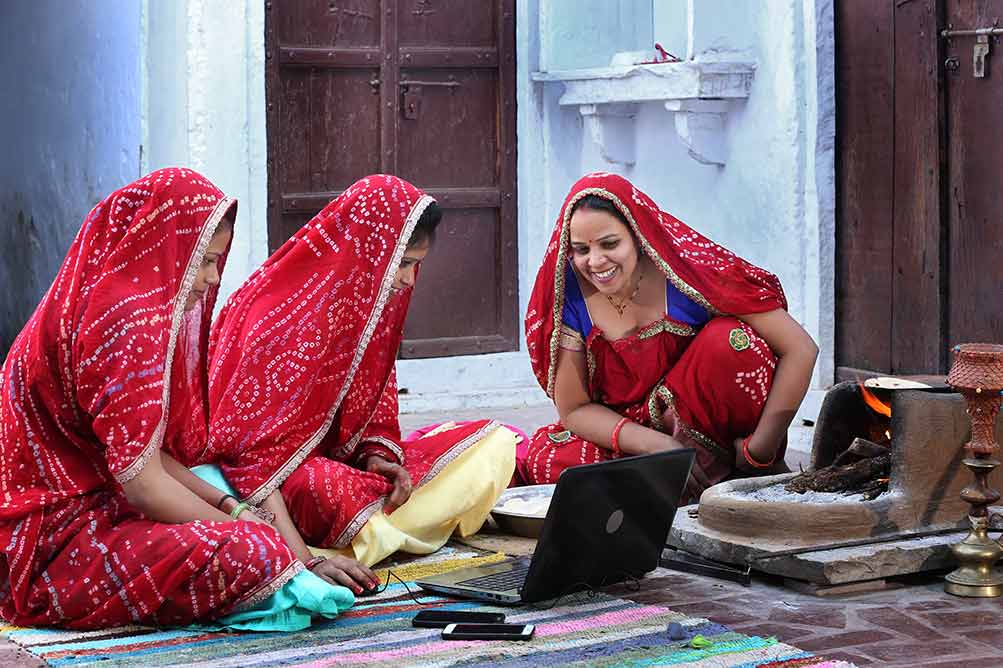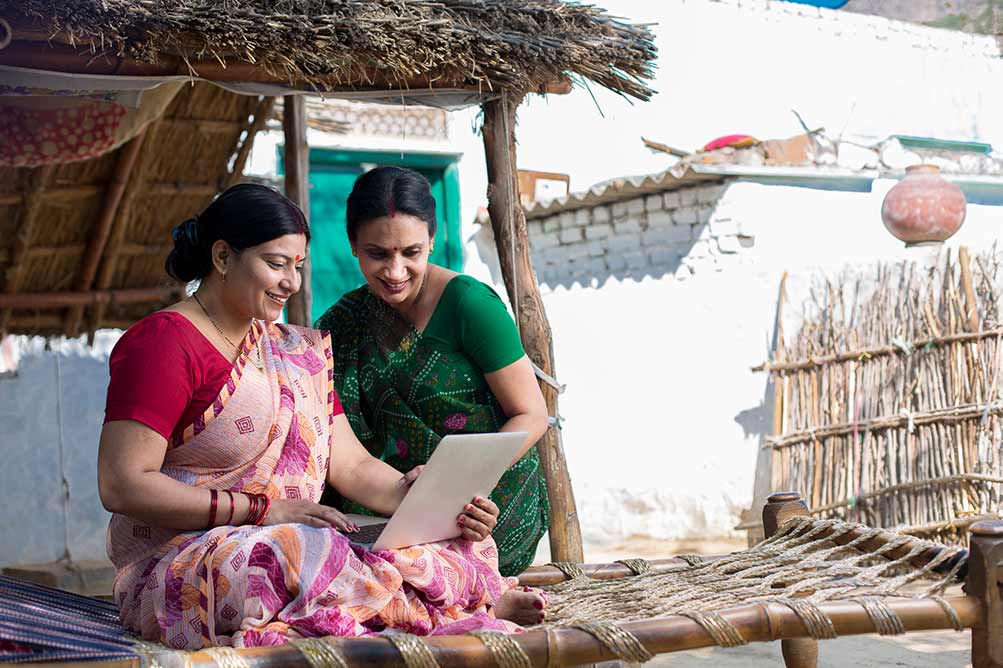Gender equality is a fundamental human right, and one that most countries across the world still haven’t achieved. But, on the bright side, there are now mounting efforts to bridge this gap. The reason why there is a concerted effort to remedy the lack of this fundamental right for every woman in this world is simply the fact that most nations have realised that gender equality is essential for people of all genders—not only men and women—to be able to fully contribute to the progress of societies and economies. According to a 2018 report by the Organisation for Economic Co-operation and Development (OECD), it was only in 2012 that leaders of the G20 Summit committed to “women’s full economic and social participation”, setting the ambitious goal of reducing the gender gap in labour market participation by 25 per cent by 2025 at the 2014 Brisbane Summit.
While following up on this goal, most countries have realised that bridging the gender gap and attaining gender equality will not be possible until the global digital gender divide is bridged too. After all, the world has gone through an immense digital transformation over the last two decades, and empowering women is impossible without ensuring they are at par with the rest of the world where digital access is concerned. The digital revolution of the 21st Century offers women the possibility of earning additional incomes, increasing their employment opportunities, and accessing knowledge, education and upskilling avenues.
And yet, as the OECD’s report notes, there are 327 million fewer women than men who have access to smartphones and mobile internet. On average, only 0.5 per cent of girls at or under 15 years of age globally, wish to become information and communications technology professionals. Women-owned start-ups receive 23 per cent less funding, partially due to their limited digital access, and are 30 per cent less likely to have a positive exit compared to male-owned businesses. And the worst part is, this gap that has only become more acute and highlighted since the COVID-19 pandemic hit in 2020, especially in countries like India. Here is everything you need to know.

The State Of India’s Digital Gender Divide
The fifth edition of India’s National Family Health Survey (NFHS) reveals that the digital gender divide is significant in the country, and the group most vulnerable at falling through the cracks are rural women. The NFHS showed that only 42 per cent of Indian women have ever used the internet, compared to 62 per cent of men in the country—a clear digital gender divide of at least 20 per cent, keeping in mind that the entire population of India wasn’t surveyed for this report.
In urban India, the digital gender divide still exists, but it is perhaps not as acute as it is in rural areas. In the cities, 56 per cent of women had ever used the internet compared to 73 per cent of men. States like Andhra Pradesh, Bihar, Tripura, Telangana and Gujarat had the lowest percentage of urban women using the internet. In rural India, however, only 34 per cent of women have ever used the internet compared to 55 per cent of men. The survey also found that in three states, namely Goa, Kerala and Sikkim, more than 50 per cent of rural women had ever used the internet—making the progress made by these states remarkable indeed. It is quite clear, however, that to bridge the digital gender divide in India, every state and region needs to make more access to digital resources available to the female population. But what are the issues that make the digital gender divide in India so acute?

The Triple Disadvantage Faced By Indian Women
A 2021 report by the Observer Research Foundation (ORF), titled India’s Gendered Digital Divide: How The Absence Of Digital Access Is Leaving Women Behind, explains that Indian women face a triple disadvantage when it comes to digital access:
• With rural broadband penetration at 29 per cent, as opposed to the national average of 51 per cent, there is a considerable rural-urban digital divide. Women in rural areas have much less access to digital devices and internet as a result. The report notes that this rural-urban divide is narrowest in Goa, Kerala and the Northeastern states, while it is widest in West Bengal, Gujarat, Maharashtra, Andhra Pradesh and Telangana.
• There is also a considerable income-based digital divide between households across India. The report shows that each GB of data costs low-income households in India 3 per cent of their monthly income, as opposed to 0.2 per cent of monthly income for middle-income households. This automatically puts women from low-income households at more of a disadvantage.
• There are many intra-household discriminatory factors that prevent women across all strata of Indian society from equitably accessing digital devices. Access to mobile devices and the online activity of women in many households are still governed by male relatives. Women’s online activity is often also considered to pose a risk to their reputation before marriage and to their caregiving responsibilities after it.

The COVID-19 Impact On The Digital Gender Divide
The ORF report also notes that with the COVID-19 pandemic, Indian women’s aspirations for online access has been hurt further. Here’s how:
• School closures in 2020 and 2021 placed around 158 million girls at the risk of dropping out as they had to depend on materials shared via digital devices. Most families, the report says, chose to give access to such devices to male children more often than they did to the girls. This widened the digital gap for young girls in the nation.
• Women entrepreneurs, especially small or very small business owners and vendors, faced major challenges while moving to online marketplaces during and after the pandemic. Digital illiteracy and unfamiliarity with digital platforms among women have exacerbated this issue. Women self-help groups (SHGs) across states like Maharashtra, Telangana, Andhra Pradesh and Gujarat shared that even when women in their communities knew how to use mobile phones for personal use, they were unable to make financial transactions online for their businesses.
• Despite many types of government schemes and policies in place, women and girls have been unable to access the same during the pandemic due to most of this work shifting online. This has led to women being unable to even book vaccination slots, let alone being able to combat the economic impact of the pandemic. This has resulted in the vaccination gap between men and women in India also increasing.

How To Overcome The Digital Gender Divide
A 2021 study published in the journal BMC Women’s Health suggests that bridging the digital gender divide will require a multi-pronged effort. There are a number of key areas that need to be under immense focus, and quickly, if the divide has to be narrowed first and ultimately eliminated. Here are the suggestions made in this study and the reports mentioned above.
• Education: Digital literacy is a primary goal here. As long as women are unfamiliar with digital devices, policies, platforms, etc. they will be left behind and ill-equipped to bridge the gap. Apart from knowing how to use digital devices, women must also be taught how to access financial, health, governmental and other services online.
• Outreach: Digital literacy and gender equity campaigns must be run, both by government agencies and private- or community-run welfare organisations across all strata of Indian society, including and especially in rural or far-flung regions. These outreach programmes must also focus on raising awareness about the discriminations women face unduly and the benefits of overcoming the same. Recruiting men and boys to stand up and further equip the women in their families and communities must be promoted.
• Accessibility: Making digital devices and internet data packs or broadband services more affordable and accessible is something the government, manufacturers and IT systems must address immediately. Doing this will not only bridge the digital gender divide, but also the rural-urban digital divide, which is clearly an added bonus.
• Safety: The digital world is still viewed with suspicion for women by many because there is a threat of data breaches and cybercrimes—which is definitely not unfounded given the rise in cybercrimes that specifically target women, especially from certain communities and backgrounds. This is a major roadblock that allows a patriarchal society to continue to discriminate against women users in the name of honour, shame and reputation if they do enter the digital world. To eliminate this roadblock, the government and firms must focus on ensuring data privacy and online safety.
• Research: It is only with more widespread research into what causes the digital gender divide in India that we can hope to understand the problems women across the country face. There are many degrees of separation between every two women, and to make the digital world truly inclusive, each woman’s problems must be understood—at least as much as possible based on markers like region, income, education, age, etc—and addressed. More funding for more in-depth research can only help bridge the digital gender divide.